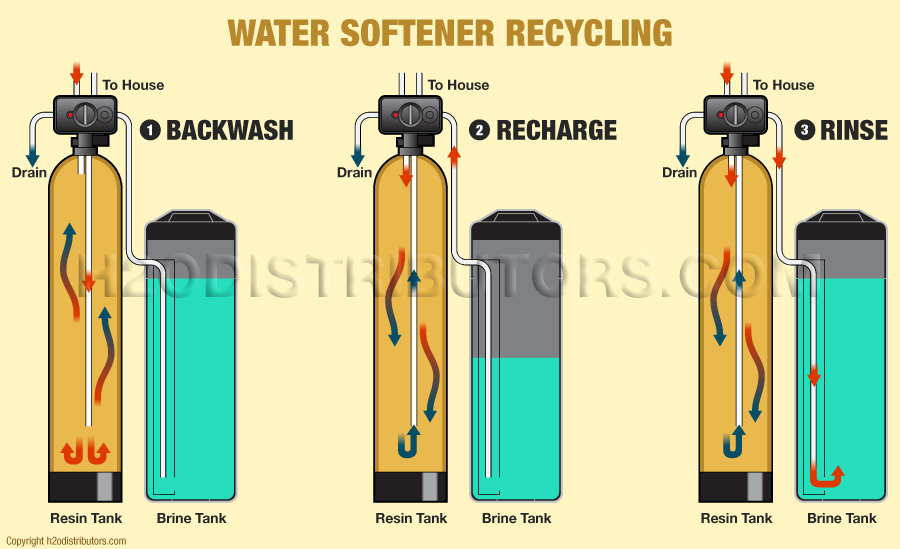Hard water is a serious concern for many homeowners as it can damage pipes, appliances, hair, and skin. This is where water softeners can help you soften hard water. A water softener is an appliance used to eliminate the hard minerals present in water. Therefore, it’s important to invest in a water softening solution if you get hard water at home.
When it comes to softening hard water, you get what you pay for. A cheap or low-quality system won’t solve the problem. Without proper softening, hard water will continue to be a problem. Let’s have a detailed look at what water softening are and how they work.
What Is a Water Softener?
Water softeners are appliances used to remove excess minerals like calcium, magnesium, and iron from hard water. They prevent build-ups that can clog your pipes, cause rust, and erode the internal part of your water heater.
Depending on your needs, you can find whole house water softeners, bathroom water softeners, and washing machine water softeners.
Signs That You Need to Install a Water Softener
Here are a few signs that indicate you need to get a water softener installed:
- Clogged pipes
- Yellow stains on bathtubs, washbasins or toilets
- White residue on utensils
- Dry and itchy skin
- Too early servicing of water purifiers and washing machines
Benefits of Using a Water Softener
- Removes hard minerals and gives smoothness to water
- Keeps your skin and hair healthy
- Safeguard appliances like geysers, washing machines, dishwasher
- Keeps your skin healthy and soft
- Strong and healthy hair
- Washed clothes look as good as new as they get brighter and softer than when they are washed in hard water
- Spotless and cleaner utensils
How Do Water Softeners Work?
Water softeners work by reducing the concentration of minerals present in hard water. The hard water enters the softener through the inlet pipe. Water softeners have a resin bed/tank, which will trap the minerals causing them to become less concentrated in the water. The resin tank is filled with sodium saturated beads that attract the minerals present in hard water resulting in soft water.
The softener then works by separating hard and soft water based on the timer. The soft water is passed through the outlet pipe for household use and the hard water minerals are thrown out through the exit pipe.
Installation
Look at the plumbing and placement of the softener. The plumber will also need to be able to see the area where you want to install the softener to ensure there are no obstacles standing in the way.
After that, you can purchase your water softener from a trusted brand. It’s important to not ignore quality. You’ll know you have a good water softener when it comes with a warranty and has the seal of approval from the industry experts. Additionally, you’ll want to check for customer reviews online to see what the people who have installed the softener have to say about the product.
Once you have purchased a softener, make sure that it is installed away from a humid area and it is placed in a spacious area where you can place the water exit tank and other attachments from where the hard water minerals are let out.
When the water dispenser is hard, it means that the water contains high levels of calcium and magnesium. This can cause many problems for the plumbing and appliances. If the water is hard, your dishwasher and washing machine will work less efficiently, and you will have to clean it more often and more thoroughly. To reduce these issues, you can use a water softener.
Hi, I am Adam Smith, Admin Of TechSketcher, Creative blogger and Digital Marketer.
